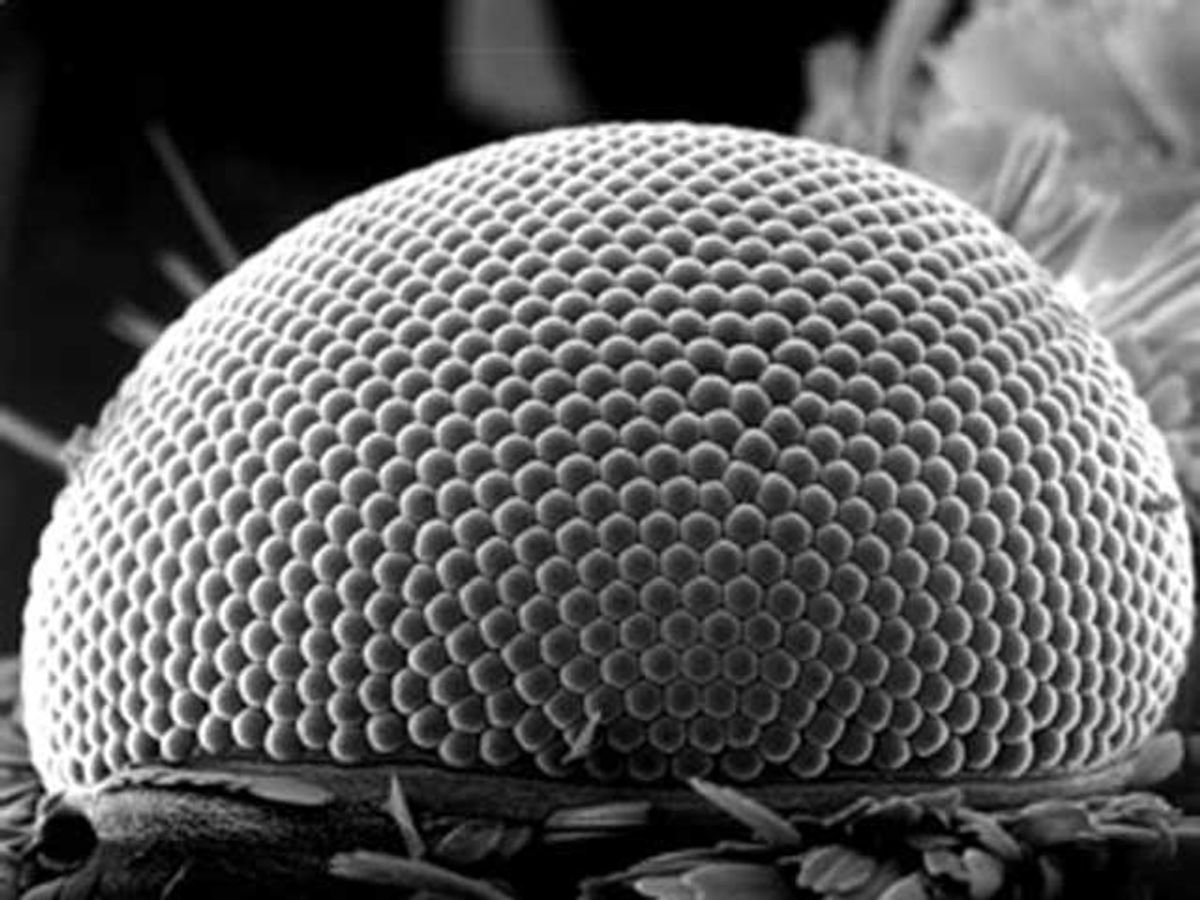Typically it’s the butterfly that serves as the bio-inspiration for nanotechnology advances. But now the butterfly’s modest cousin, the moth, is serving as the model.
This is not the first time that the anti-reflective qualities of moth eyes have been used as models for devices. Researchers have attempted to duplicate this feature to create more efficient coatings for solar panels and some military devices. But Yi and his research team, which published their work in the journal Optics Letters, were looking at improving “scintillation” materials used in medical imaging technologies. These scintillation materials absorb incoming X-rays and reemit the energy as light of wavelengths that can be picked up by a detector.
If you want the detector to pick up more light, the technique has usually been to increase the intensity of the X-rays. But this obviously has associated health risks. Yi and his team believed that if they could improve the scintillation material so that it reemitted more light from the same amount of X-rays, then they could create safer medical imaging devices.
To do this, the researchers needed to create a new class of materials. What they came up with is based on a thin film made from cerium-doped lutetium oxyorthosilicate crystals. They were then able to cover these crystals with pyramid-shaped bumps made of silicon nitride. It is these bumps that make the scintillator appear like the moth’s eye and give the structures its ability to extract more light.
The results have been pretty dramatic. Yi and his team measure that adding their moth-eye-inspired thin film to the scintillator of an X-ray mammographic unit increases the amount of reemitted light by 175 percent.
“The moth eye has been considered one of the most exciting bio structures because of its unique nano-optical properties,” Yi says in Nanomagazine article. “Our work further improved upon this fascinating structure and demonstrated its use in medical imaging materials, where it promises to achieve lower patient radiation doses, higher-resolution imaging of human organs, and even smaller-scale medical imaging. And because the film is on the scintillator,” he adds, “the patient would not be aware of it at all.”
We shouldn’t expect to see this scintillator material on the market in the near future. Yi expects that it will be another three to five years to evaluate and perfect the film.
Dexter Johnson is a contributing editor at IEEE Spectrum, with a focus on nanotechnology.




